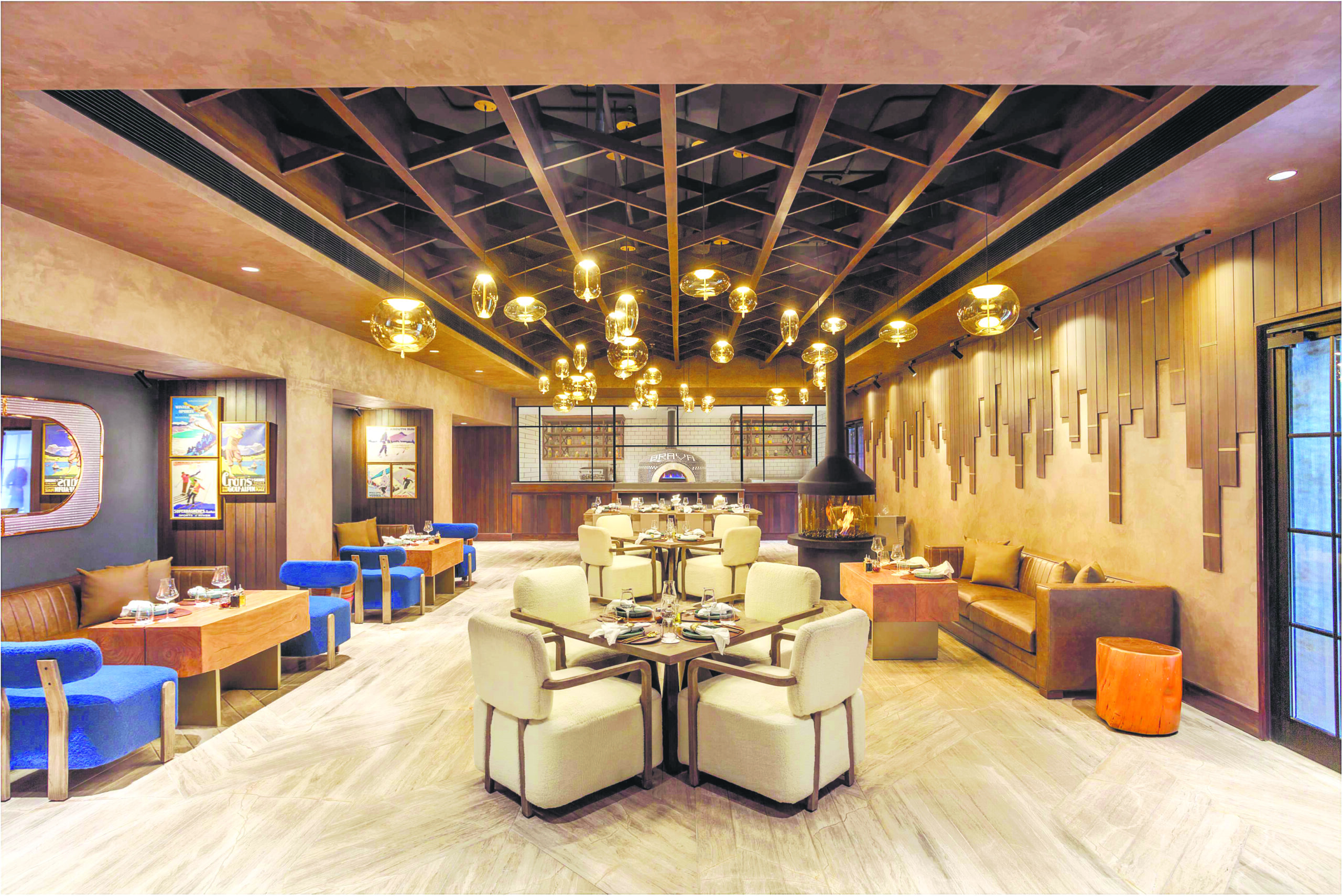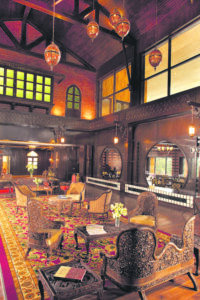
The world of interior design is undergoing a transformative revolution driven by advancements in technology. The era of conventional mood boards and hand-drawn sketches has given way to a contemporary landscape where designers leverage cutting-edge tools to craft innovative, functional, and aesthetically captivating environments. From augmented reality and 3D printing to artificial intelligence and sustainable materials, technology is reshaping the industry in unprecedented ways.
Digital Design Tools
The integration of design tools has been one of the most significant advancements in interior design. Architects now have access to a wide range of software applications that empower them to create, visualise, and modify their design concepts with precision. For instance, Computer-Aided Design (CAD) has enabled the creation of 2D and 3D representations of spaces allowing for accurate planning, layout, and visualisation. Moreover, VR and AR technologies have opened up new dimensions in interior design allowing the creation of an immersive experience while providing a deep understanding of spaces. Furthermore, 3D printing has revolutionised the prototyping and customisation aspects of interior design helping to produce intricate, bespoke furnishings, fixtures, and decor elements that were once prohibitively expensive or time-consuming to create. One of our recent projects, Grand Mercure Agra uses various technologies to offer guests an immersive experience during their stay.
Sustainability and Green Design
Embedded within the context, technology-driven interior design has played a pivotal role in advancing sustainability and green design practices. LED technology and smart lighting systems have allowed the implementation of energy-efficient lighting solutions that reduce energy consumption and environmental impact. These systems can be controlled remotely, adapting to various lighting needs throughout the day. Moreover, advanced material databases and apps help architects source sustainable and eco-friendly materials for their projects empowering environmentally conscious choices. Our project Radisson Blu at Karjat incorporates natural materials like wood along with green spaces that give out a mellow yet contemporary vibe. Additionally, smart technology can be used to monitor and automate the care of indoor plants, ensuring they thrive in interior spaces while promoting biophilic design principles.

Customisation and Personalisation
Along with other parameters, personalisation is the key to design in the digital age. Using data-driven technology can help to gain the preferences and behaviour of people allowing them to cater to specific lifestyles and tastes. Furthermore, parametric design has enabled the creation of customised and adaptable designs which can be configured to meet the requirements of individuals. Another project The Khyber Himalayan Resort includes a large hearth in the interiors offering a personalised air to the space. Additionally, incorporating voice-activated devices, automated lighting, climate control, and security systems seamlessly into designs can enhance both functionality and convenience.
Challenges and Considerations
While technology-driven interior design offers numerous advantages, it also presents challenges and considerations. For instance, embracing new technologies requires ongoing learning and adaptation hence architects must invest time in mastering these skills to deliver better designs. Moreover, it is essential to educate people about new advancements for them to easily adapt to the spaces. Ultimately, while technology can aid in sustainable design, architects must remain vigilant about the environmental impact of the materials and equipment used in technology-driven interior spaces.
Technology-driven interior design is not just a trend; it represents the future of the industry. As technology continues to evolve, designers must embrace these advancements to remain competitive, deliver innovative solutions, and create spaces that inspire, comfort, and serve the diverse needs of the occupants.
The author is the Founder and Principal Architect of Studio B Architects.